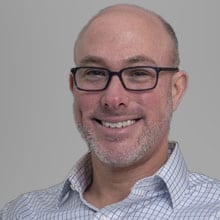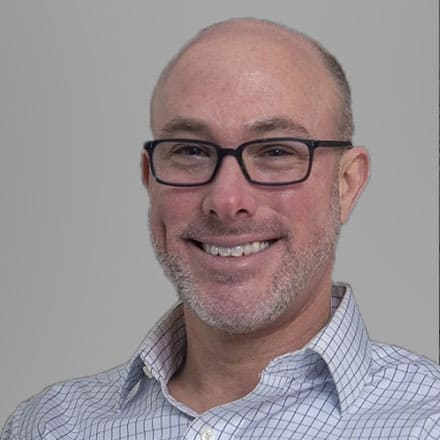Inside Angle
From 3M Health Information Systems
Principles of technology enabled medical practice
I split my working time between practicing family medicine and helping to develop virtual health care technology. My work on this technology allows me to bring into reality some ideas about how to use technology to improve the “in the trenches” practice of medicine. I’m excited about how virtual health care technology is an essential tool to help physicians be more effective and satisfied with their work. I am also excited about the promise of the rest of the technology ecosystem that will improve the practice of medicine and the professional satisfaction of physicians. To put into context how currently available and near future technologies can improve the practice of medicine, I am developing a set of underlying principles of how technology can enable more effective, efficient and satisfying medical practice.
First do no harm
As a fundamental principle of medical ethics, any technological solution should yield care no worse than the status quo… and ideally better. Not sexy, but it must be said.
Automate what you can
One of the greatest strengths of computers is that they do not tire, so we should aim to have computers perform all of the work that they can. Some of this is already starting to come to fruition with ambient documentation (i.e., having a computer summarize the physician-patient conversation).
Other examples include the automated gathering of aspects of a patient’s history and processing medication renewal requests. Delegating these tasks to computers frees the physician to think critically, act compassionately and focus on patients instead of paperwork.
Provide care remotely when feasible
Liberalized payer coverage of telemedicine services during the COVID-19 pandemic has dramatically increased the use of telemedicine. Telemedicine is sometimes not feasible (e.g., acute abdominal pain, skin lacerations) and often suboptimal (e.g., sore throat), but much of the time it is a convenient way to deliver high quality synchronous care, especially for mental health conditions (e.g., depression and anxiety disorders) and conditions where home monitoring data can inform decision making (e.g., essential hypertension, type 2 diabetes).
Provide care asynchronously where feasible
I believe strongly in the admittedly difficult to quantify value of the doctor-patient relationship and that hundreds of thousands of years of human evolution favor face-to-face, real life interaction as the best way to strengthen this bond. Still, it is often possible to adequately address many medical issues without real time, face-to-face interaction. Asynchronous care can be useful because it promotes expediency by eliminating the problem of scheduling.
Use technology to make it easy for physicians to do the right thing
I believe that most physicians want to provide high quality care that is evidence-based and at minimal cost wherever possible. Unfortunately, physicians are imperfect. We often do not know the best approach in every situation that we encounter and lack the time to do the research at the point of care. The right clinical decision support functionality can help.
Use technology to improve physician self-reliance
This is another place where clinical decision support can shine. It is often possible to encapsulate the knowledge of specialist experts into software so that generalists can more quickly, easily and inexpensively provide expert care.
This might involve, for example, using a machine learning-based approach to identify and classify suspicious skin lesions that would otherwise have been referred to a dermatologist. Alternatively, it might involve using a simpler (but often effective) rule-based approach for management of, say, HIV or bipolar disorder.
Technology can be the solution
Technology should be used to solve problems. Many problems exist in the practice of medicine where technology can help. The principles that I laid out here (a work in progress) serve to describe the types of problems in the practice of medicine where technology can help and why we should want it to.
There are, of course, barriers to implementing these technologies, some of them technical and others stemming from the administrative complexity of health care delivery and payment systems. Regardless, keeping these principles can guide us in improving the practice and experience of medicine for both patients and physicians.
Adam Rothschild is a clinical informaticist with 3M Health Information Systems.
Focus on the patient while the technology works in the background.


